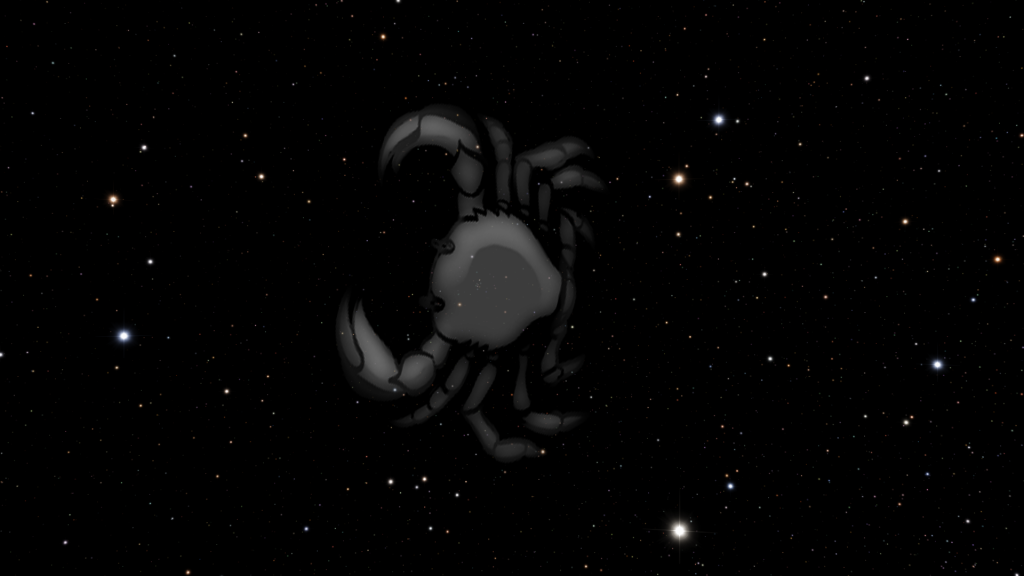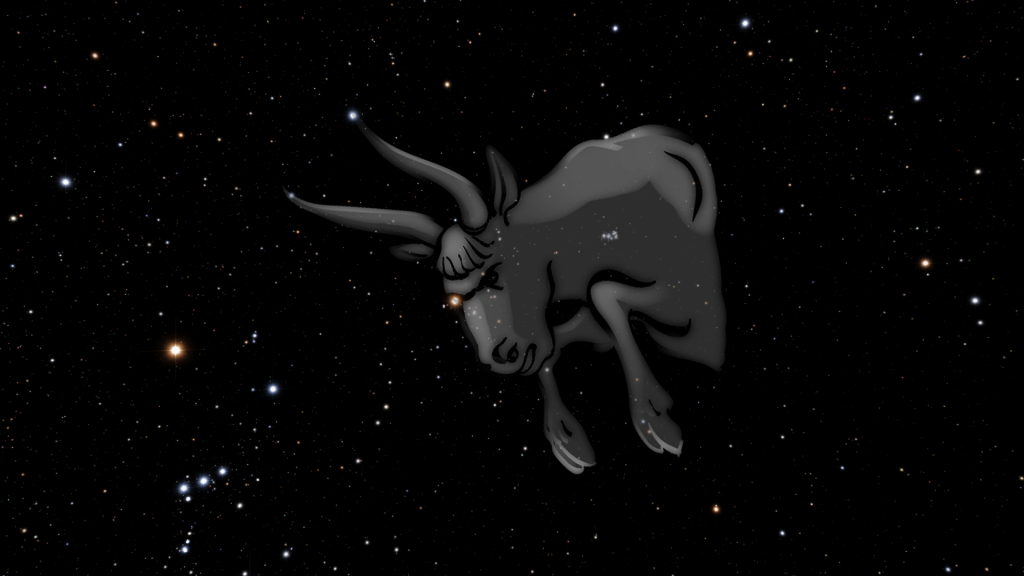Corvus (a raven) is a constellation of the southern hemisphere of the sky. It can also be seen in the southern regions of the northern hemisphere. The best period for observation is from March to May. The easiest way to find it is if you find the constellation Virgo in the sky in the spring. It has the brightest star, Spica. To the right and a little lower, you can see a quadrangle of the brightest stars of the Corvus constellation.
How can you see Corvus constellation in the sky? In large cities, because of the glare and dust, it is not so well visible, so animations and an image are prepared for you outside the city, in the mountains and if you look at it in space, from orbit.
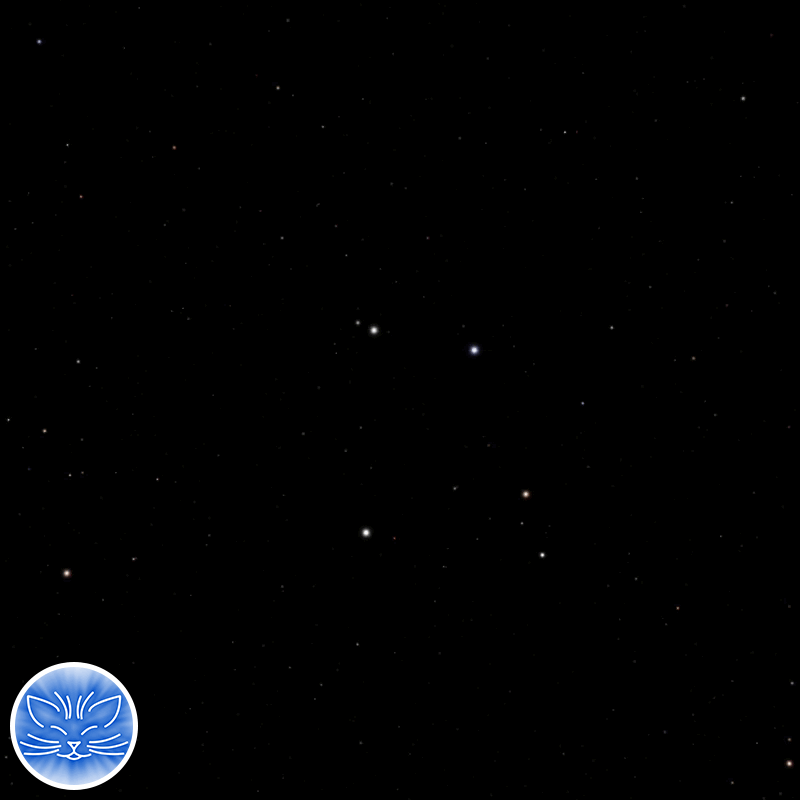
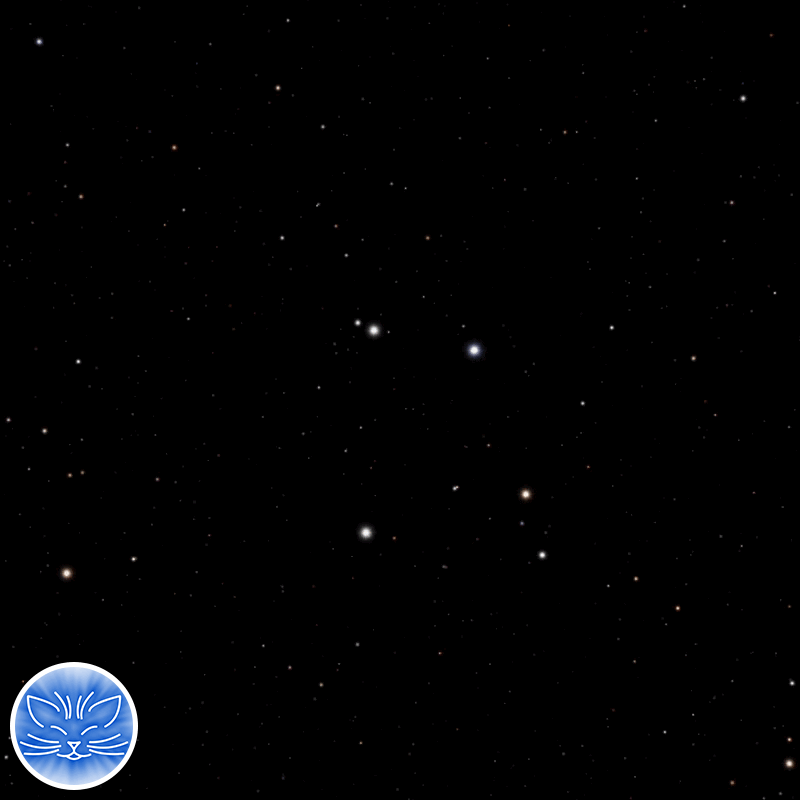
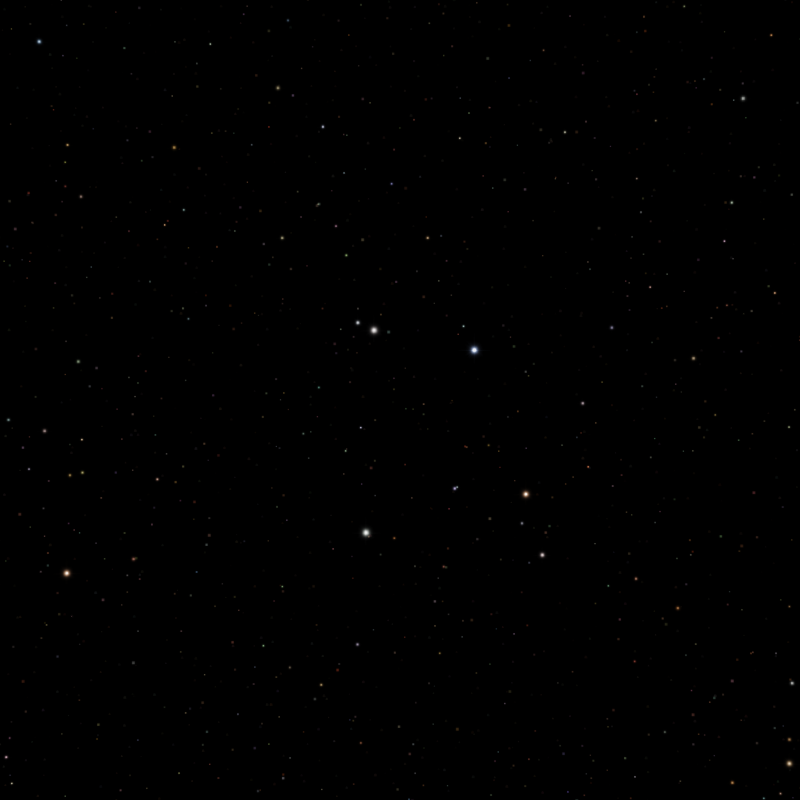
The brightest star of the constellation is Gienah (γ Crv), the raven’s left wing. It is a binary star with an apparent magnitude of 2.58 and is 154 light-years away from us. It got its name from the Arabic “al-janāħ al-ghirāb al-yaman”, which means “the right wing of the crow”. However, on modern maps it represents the left wing.
Kraz (β Crv) is a raven’s claw, a binary star with an apparent magnitude of 2.64 and 163 light–years away from us. Currently, the star is forming a helium core and over time it will turn into a red giant, the luminosity will increase 5 times, and then, most likely, it will become a white dwarf. Algorab (δ Crv) is the tip of the raven’s wing. A multiple star consisting of six components, with an apparent magnitude of 2.95 and 85 light-years away from us.
Minkar (ε Crv) is the beak of a raven. A multiple star consisting of three components with an apparent magnitude of 2.98 and is 260 light years from us. Translated from Arabic, it means “the nostril of a crow”. These four brightest stars form the previously known asterism 軫宿 Zhěn Sù in China, the Chariot.
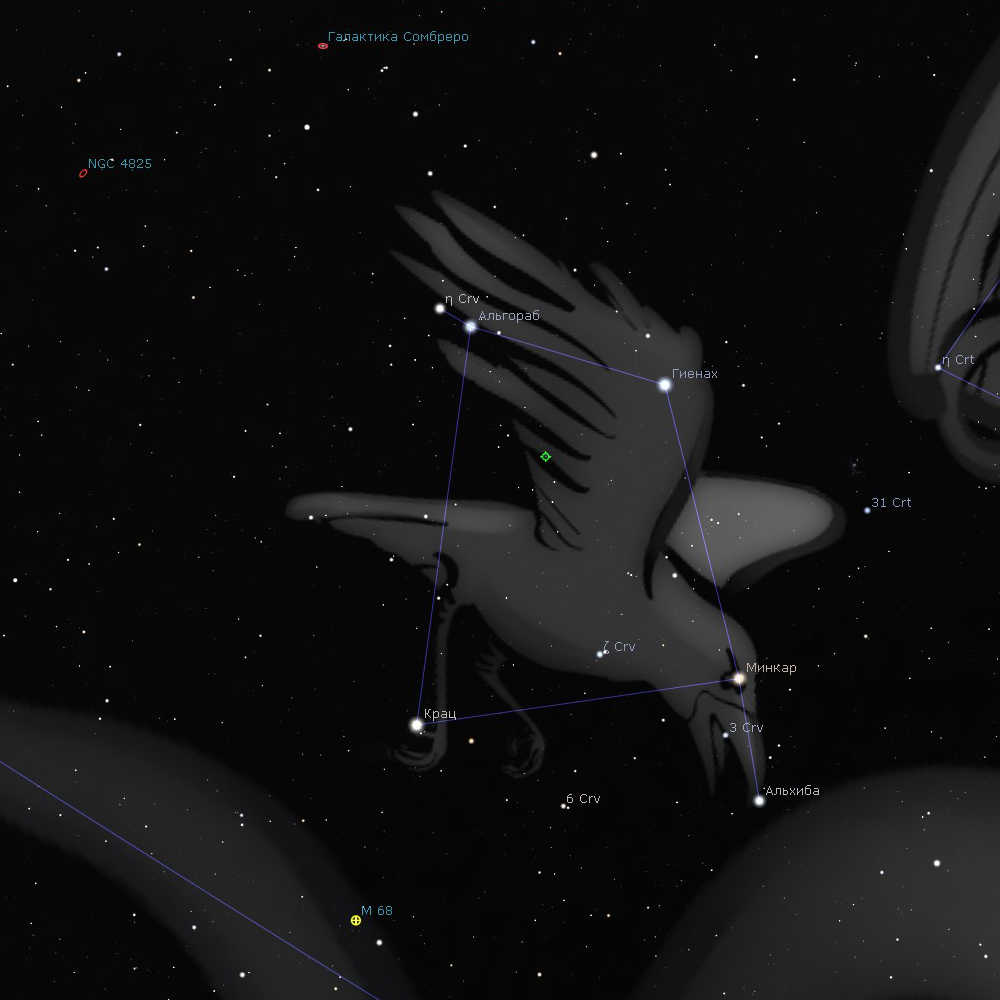
So, in the classical interpretation, the raven spread its wings and seems to peck at the Hydra. However, Hans Ray saw this constellation differently and suggested considering another interpretation – “the Raven’s beak and the star of the trunk, where the leg begins, are quite weak, but the four brightest stars forming a quadrangle are easy to find. The Raven’s beak is aimed at Spica, the precious jewel of Virgo, as if it is just waiting for the moment to grab it.” Thus, the raven sits quietly on the Hydra and looks to the left, waiting for an opportunity to get the jewel. Spica can be seen on the cover of this article, but it depicts the raven in a classical interpretation.
Other interesting objects of Corvus constellation
In addition to the stars, other interesting objects can be observed in this constellation. The most interesting of them are the planetary nebula NGC 4361 and the galaxy group NGC 4038.
The planetary nebula NGC 4361 is located in the center of the constellation. It resembles a small elliptical galaxy and has an apparent magnitude of 10.3. Thus, under favorable conditions, it can be observed with an amateur telescope.
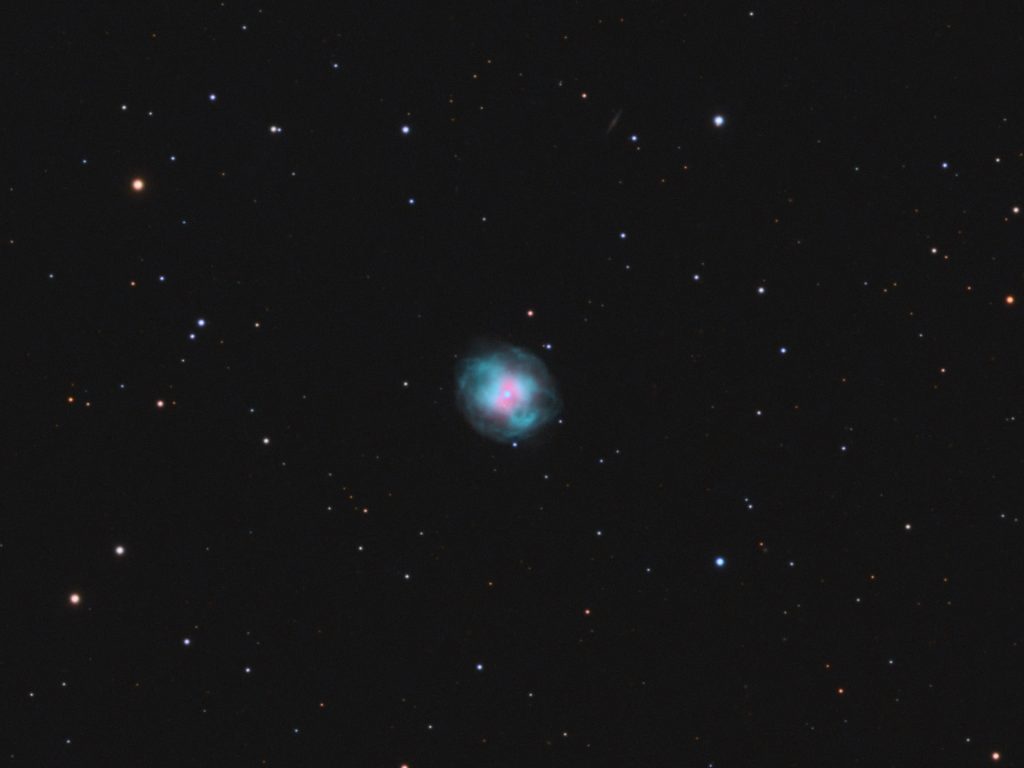
The galaxy group NGC 4038 is located at the junction of two constellations: Crater and Corvus, and contains from 13 to 27 galaxies. Of these, the most interesting are the interacting Antennae galaxies – a pair of galaxies that are at the stage of active star formation. The nuclei of two galaxies combine to form a giant galaxy. They were discovered by William Herschel in 1785. The galaxies got their name because they resemble insect antennae. It is also noteworthy that the Milky Way will probably look like this after a collision with the Andromeda galaxy.
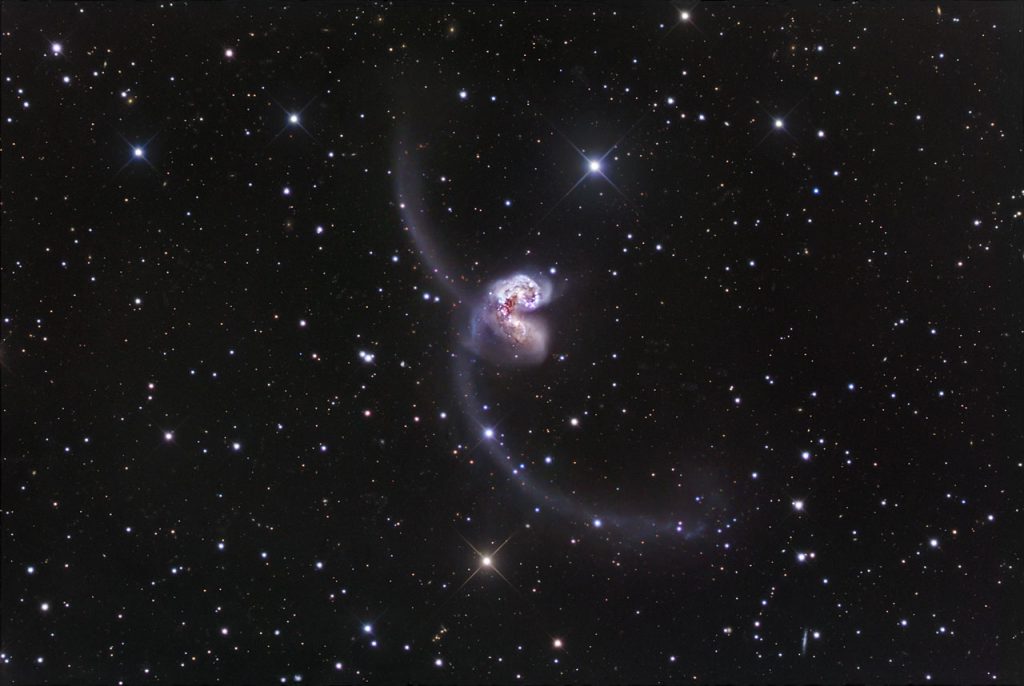
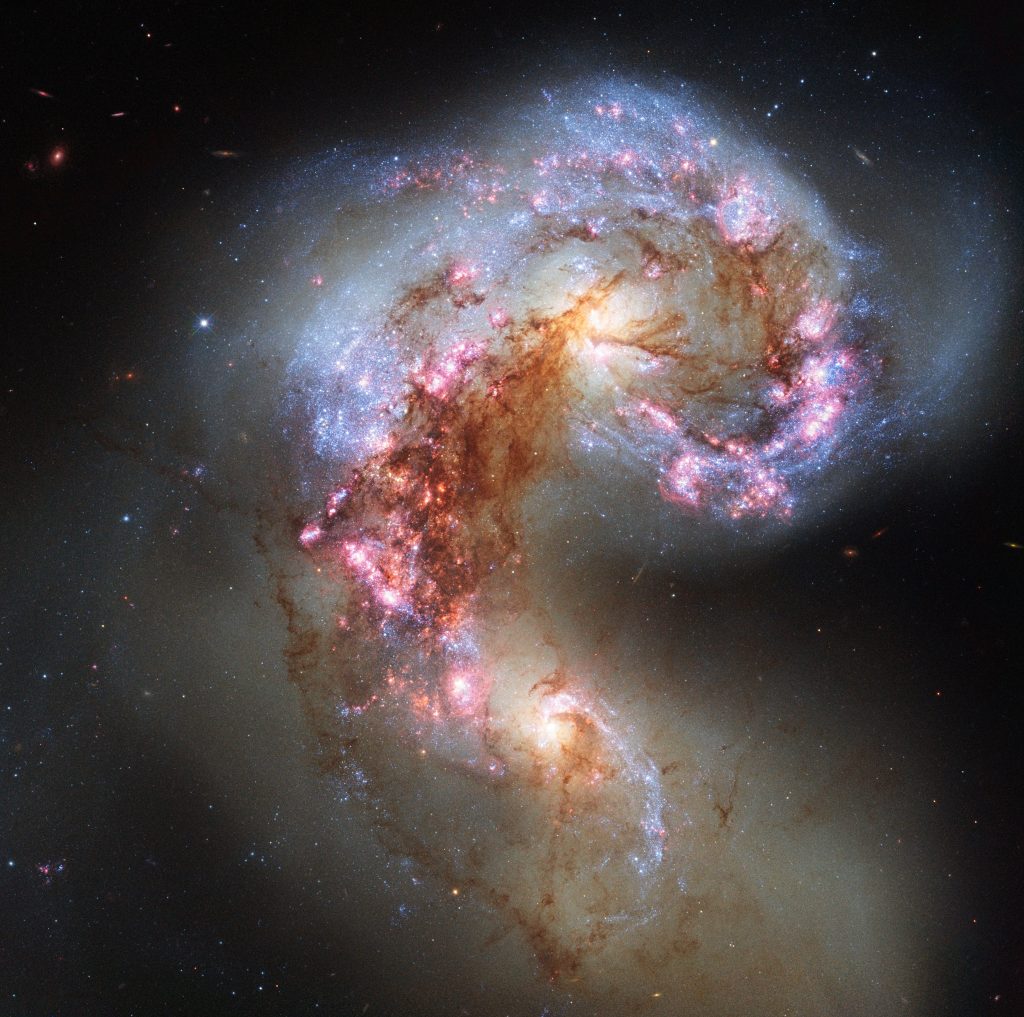
The NGC 4038 group includes an interesting barred spiral galaxy NGC 4027, also discovered by William Herschel in 1785. It is located 83 million light-years away from us and is interesting because one of its spiral arms departs from the core much further than the other. It is possible that this is the result of its interaction with another galaxy in the past.
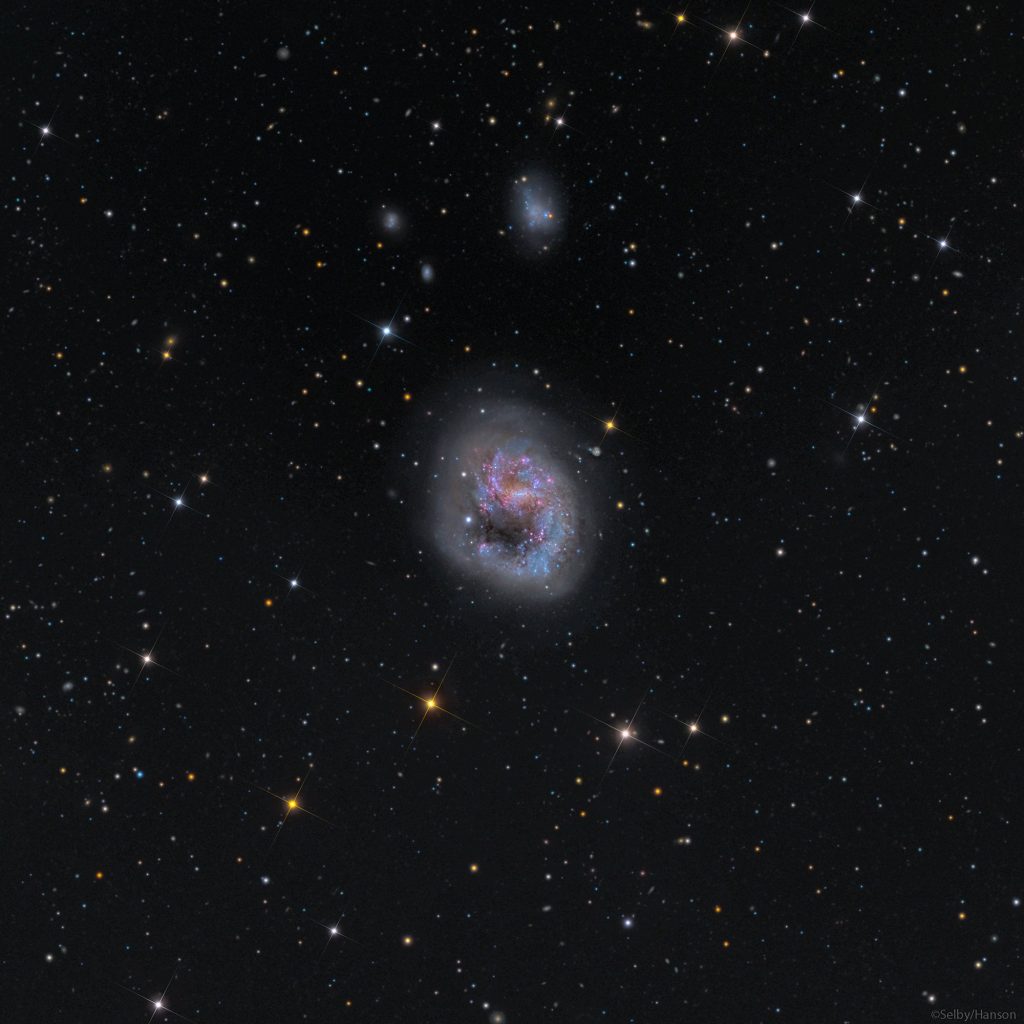
Mythology of Corvus Constellation
Corvus constellation has a three-letter abbreviation of Crv. It is recognizable, not large – the 70th largest of all 88 constellations, and one of the oldest. At the time of Ptolemy, it was included in the catalog of the starry sky (there were 48 constellations in total). The ancient people had several legends associated with the Corvus constellation. Let’s look at some of them.
According to one of them, Corvus was associated with Apollo and his beloved Coronis. They even had a son, Asclepius, the god of medicine. However, Coronis fell in love with a mortal person and decided to hide it from Apollo. But the love affair did not go unnoticed: after all, at the service of God there were snow-white and silver crows who can talk. One of them reported the truth to the owner. Enraged, Apollo took away the bird’s ability to speak, and its wings turned black as coal.
Another legend, also associated with Apollo, says that god sent a raven to bring him a cup of water. But the bird lingered on the way and, to justify itself, decided to lie, saying that the water snake did not let it to the spring. To prove it, the bird brought it in her beak. But God knew that the raven was lying and, getting angry, he “threw” the raven (Corvus), the cup (Crater) and the snake (Hydra) into the sky, where they are now in the form of beautiful constellations. In addition, he made sure that the cup was always at a distance inaccessible to the raven, so that the bird on earth and in heaven would be thirsty.
In the Babylonian star catalogues around 1100 BC, Corvus was also displayed on the tail of the Hydra, which symbolized the god of the underworld Ningishzida. Corvus and Crater were symbols of death and pointed to the gates to the underworld.
There is also a biblical legend associated with the Corvus constellation. It says that Noah released a raven after the flood to determine if the water had come down and if there was land anywhere. But the bird did not return. A week later, he released the pigeon, and it returned with an olive leaf in its beak. Thus, both of these birds are immortalized in the starry sky in the form of the constellations Corvus and Columba.



